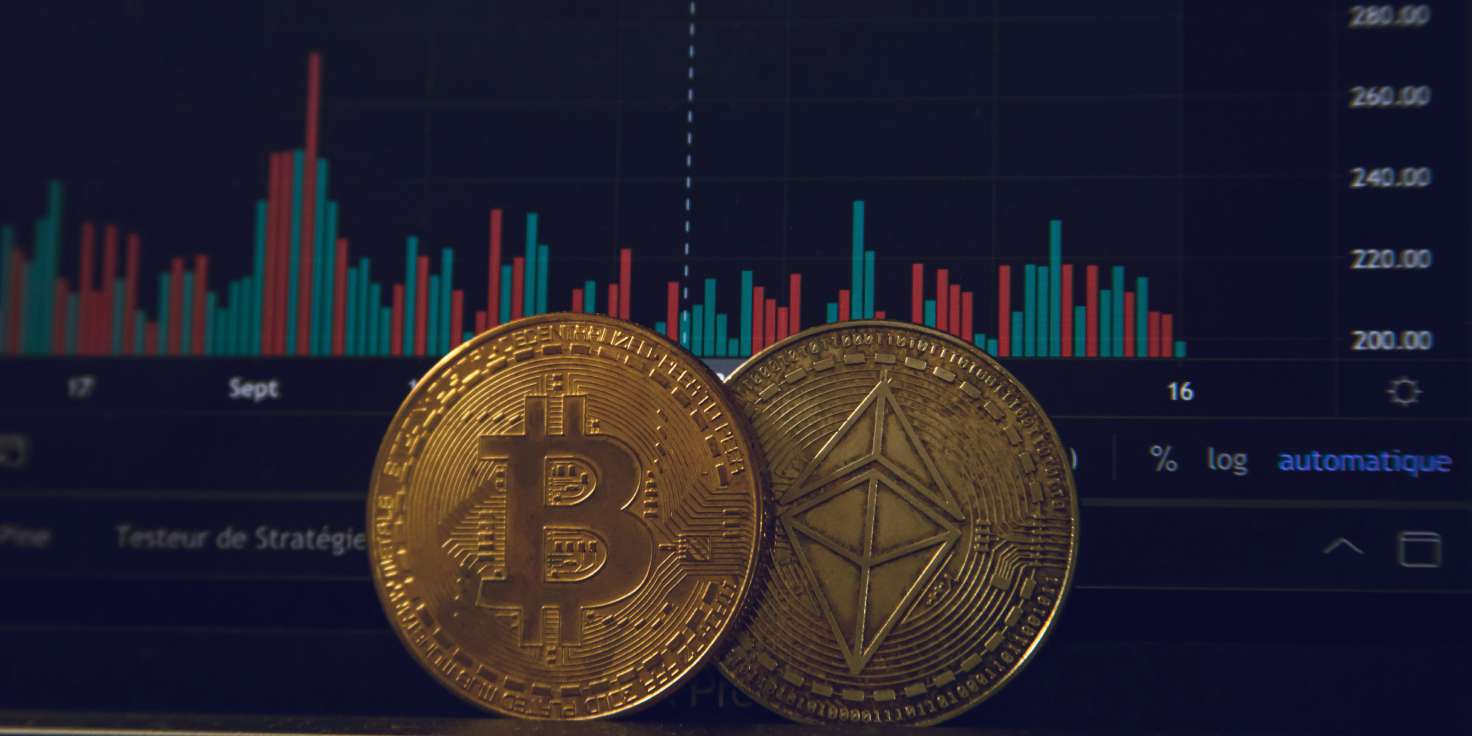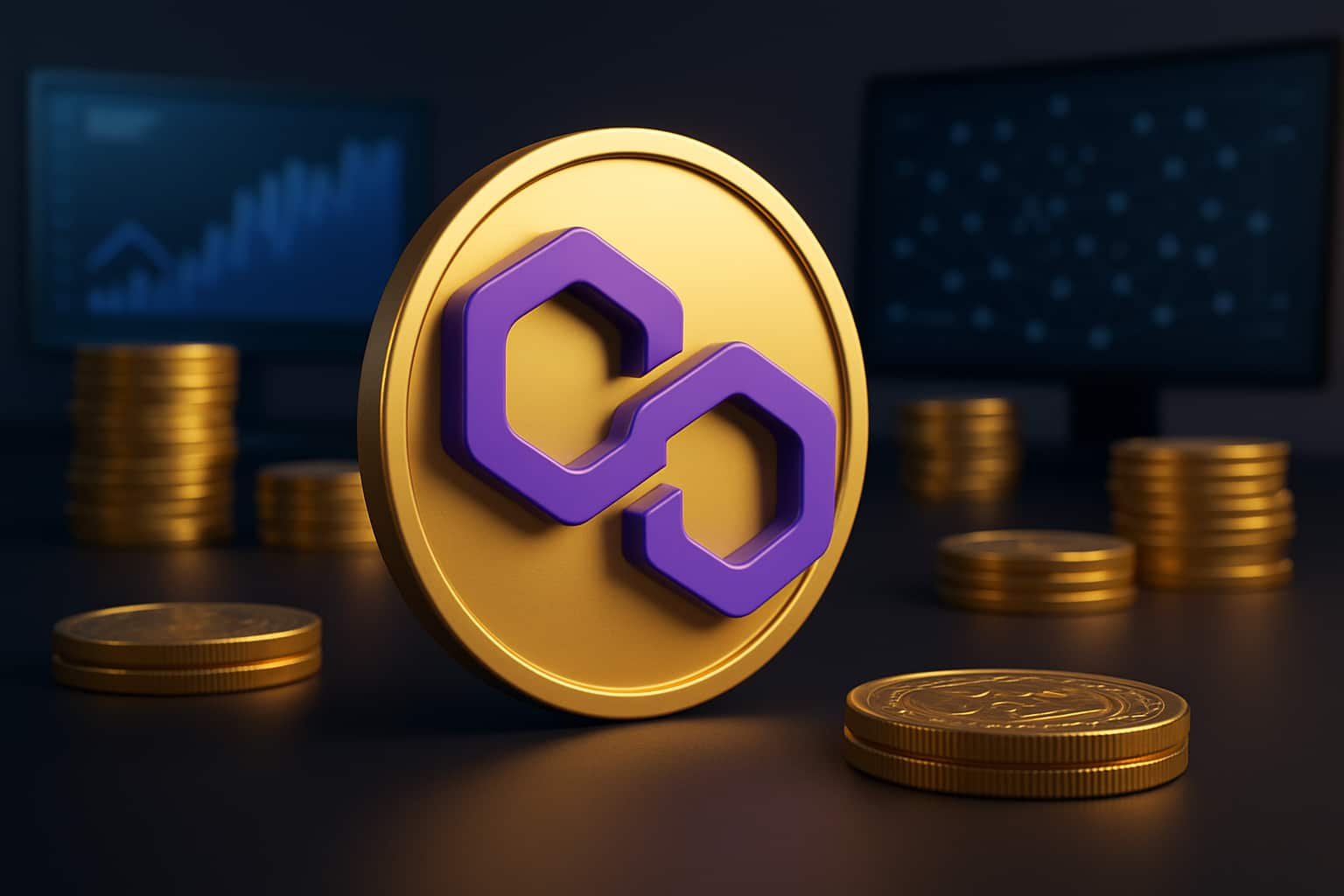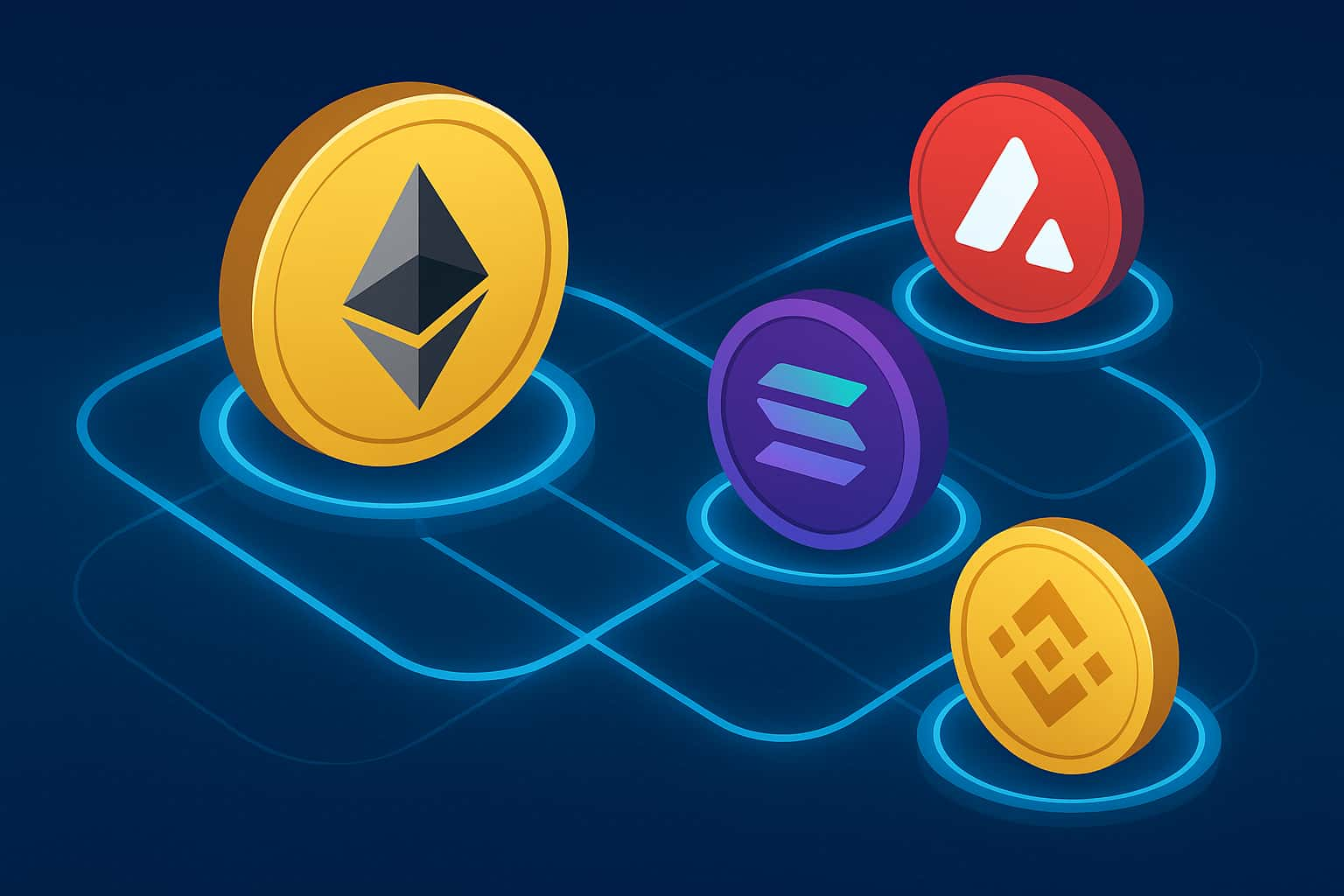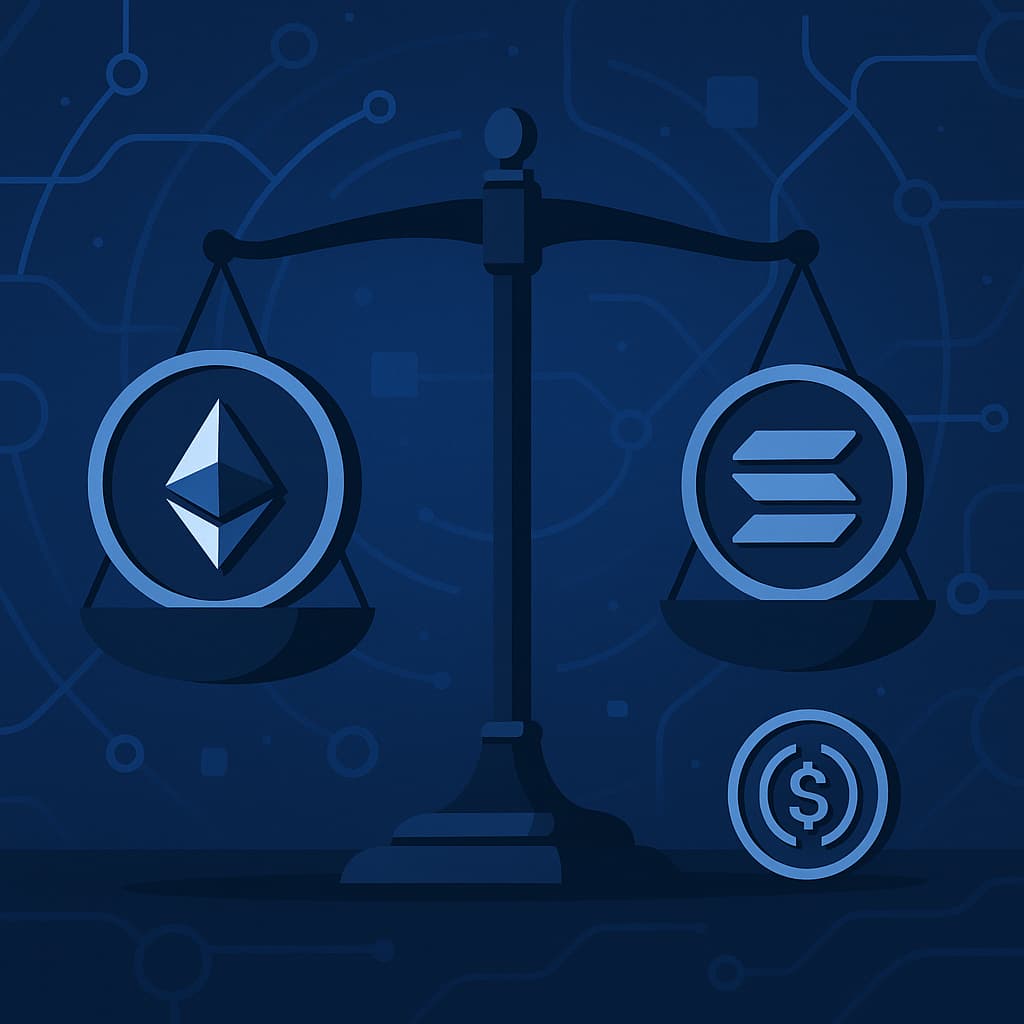Binance
Expanded rapidly through aggressive listings and deep liquidity but encountered regulatory scrutiny across jurisdictions.
Coinbase
Earned user trust with strict compliance, transparent reporting, and a successful public listing.
Kraken
Adopted a security-first model, implementing proof-of-reserves and building credibility through resilience.
Key Lessons
Exchanges that prioritize security, compliance, liquidity, and user experience achieve long-term growth. Weak governance or poor transparency undermines trust quickly.

 Blockchain Application Development
Blockchain Application Development
 Fintech Blockchain App Development
Fintech Blockchain App Development
 Hyperledger Application Development
Hyperledger Application Development
 STO Development Services Company
STO Development Services Company
 Exchange Development
Exchange Development
 Cryptocurrency Wallet Development
Cryptocurrency Wallet Development






